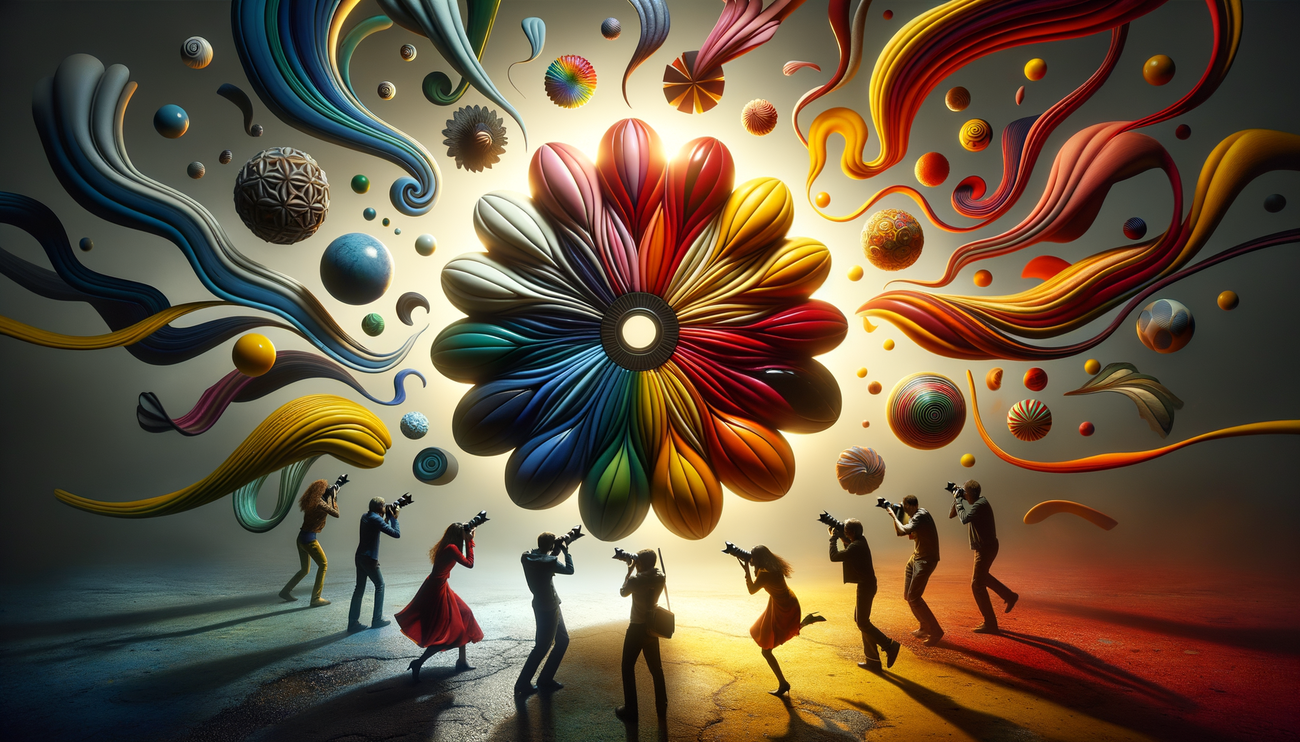
Photography is not just about technique and equipment; it's also a means of self-expression. Every photographer aims to add something new to their work so that it stands out from the rest. In this article, we will explore how you can create a unique style in photography using various techniques, creative ideas, and post-processing methods.
The first step towards creating a unique style in photography is to determine what inspires you as a photographer. This could range from landscapes and portraits to street photography and abstract art. Try analyzing the works of famous photographers and understanding what specifically attracts you to their style.
One of the key aspects of creating a unique style is choosing a color palette. Colors can greatly affect how your work is perceived. A well-defined palette will help you establish a consistent visual language. You can use tools such as color wheels or online color scheme generators to find what resonates with your vision.
Don't forget about composition. Experiment with different angles, framing, and geometry. Use the rule of thirds, leading lines, and symmetry, but don't be afraid to break these rules for a unique effect. Interesting compositions can significantly enhance the appeal of your photographs.
Post-processing is another important step in creating your style. This process not only improves the quality of images but also allows you to add your own touches. Editing software like Adobe Lightroom or Photoshop provides you with vast possibilities for manipulating colors, contrast, and texture. You can create your own presets that align with your style and remember them for future use.
You should also consider themes and subjects that inspire you. Choosing a specific theme for your series can help create a light sequence and collaboration. For example, you might focus on urban architecture, travel, animal portraits, or even abstract forms. Each theme can offer you numerous creative opportunities.
Remember that your vision should continuously evolve. Keep your old works and periodically revisit them. This will allow you to see how your style has changed over time and analyze which elements worked best. Try new techniques, and be open to experimentation.
Finally, articulate your unique style so that it naturally reflects you as an individual. Share your work on social media, photo platforms, and exhibitions. Over time, you will start to find an audience that appreciates your creativity and unique style.
In conclusion, creating a unique style in photography is a long and engaging process that takes time and experimentation. Don't be afraid to be yourself, explore different directions, and approach each shot with an open and curious mind. Your camera is not just a tool; it's your window to the world, and it's entirely up to you how you choose to see it.


